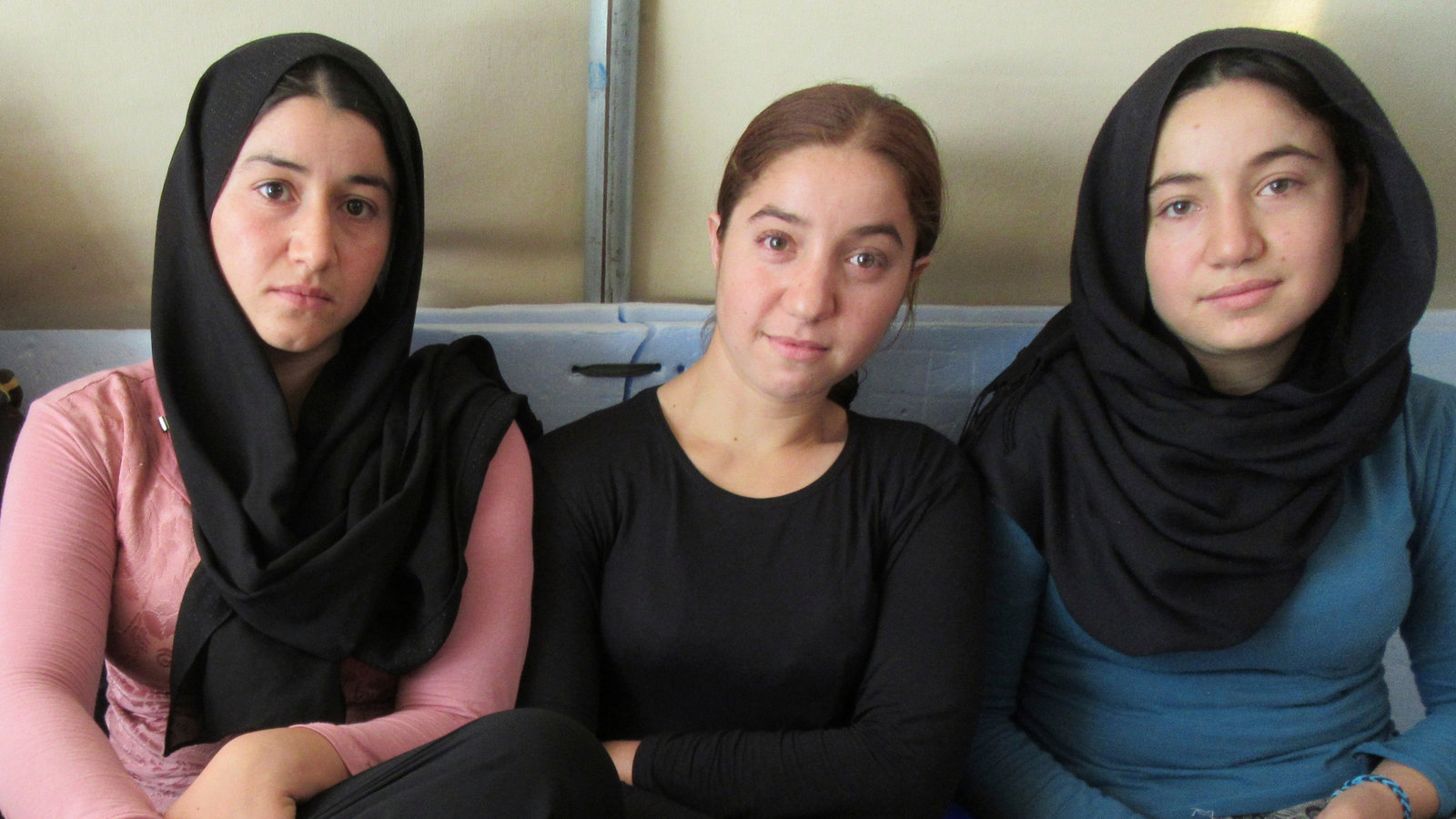
By Peter Nicolaus & Serkan Yuce:
Abstract
Even though almost three years have passed since the black banners of the terror organisation, calling themselves the “Islamic State of Iraq and Syria” (ISIS) were first hoisted throughout the Yezidi heartland of Sinjar, the Yezidi community continues to be targeted by ISIS, militias. 300,000 vegetate in camps as Internally Displaced Persons (IDP) in Iraqi Kurdistan; thousands of others have been killed, are missing, or remain in captivity where they are subjected to unspeakable sexual and physical abuse. With deference for these victims of violence, and without detracting from the collective suffering and trauma of the entire Yezidi community of Sinjar (families, women, men, and children alike), the authors have chosen to focus the present article on the plight and misery of the females; who were, and still are, facing despicable sexual abuses, unfathomable atrocities, and unfettered human rights violations. In doing so, they highlight the views of the fundamentalist Islam practiced by ISIS that encourages sex-slavery, while elaborating on the complacent acceptance of ISIS terror tactics by the local Sunni population of the territories they control. The work goes on to describe how survivors escaped, as well as how they are received and treated by the Yezidi community and state authorities. This discussion includes an overview of the national and international mechanisms available for prosecuting ISIS members for their crimes of genocide against the Yezidi people. The authors further stress that the genocide has contributed to, and even accelerated the process of the Yezidi selfidentification as a unique ethno-religious entity; which, in turn, has produced changes to their religious traditions. These changes will be briefly covered by examining a new approach to the institution of the Kerāfat.
Introduction
The persecution of Yezidis is most probably as old as their religion. The Yezidis themselves refer to 72 other nations and to 72 events from which they suffered atrocities and major persecution, (1) thereby, indirectly implying that the Yezidis have faced hostilities from all other nations. From the late 1800s and well into the last century, the world has observed the persecution of the adherents to the Yezidi faith with interest and feigned pity, but never with a lasting outrage such torments deserved from the public at large. The interested population in Europe—far removed from
the territories where the Yezidis suffered persecution—agreed with Goethe:
On holidays there’s nothing I like better
Than talking about war and war’s display,
When in Turkey far away,
People one another batter.(2)
This attitude changed significantly with regard to the plight of the Yezidis in Northern Iraq, which is, more than two years after the initial ISIS attack, still being prominently featured in the media.(3) A growing array of articles and books on the subject continue to be published. However, Buffon and Allison (2016: 191) caution that the genocide is becoming more and more gendered within the international media, and “not only the suffering of Yezidi men, but their very voices are effaced”; while the Yezidis themselves emphasise the collective nature of the genocide taking place “within a historical framework of persecution and marginalisation” (cf. also Dulz 2016: 133). Bearing this caveat in mind, and with deference for these victims of violence, and without detracting from the collective suffering and trauma of the entire Yezidi community of Sinjar, the present article focuses, nevertheless, on the plight and misery of the females. They have suffered and are still suffering the most. Their engineered anguish is certainly a central aspect of the present Yezidi genocide. The enslavement of the Yezidi women is undeniably a cornerstone of ISIS’s strategy to eradicate Yezidis and Yezidism from the face of the earth.
Notes:
* The present article is partly based on P. Nicolaus’ contribution to International Conference “20 Years of Iran and the Caucasus. A Breakthrough”, Aghveran (Armenia), 21-23 October, 2016
(1). After the Sinjar massacre they added a new genocide and count 73, or even 74 genocides (cf. Kingery 2016: KL 455, 1253)—in the latter case the 73 relates either to Saddam Hussein’s Anfāl campaigns (cf. Dulz 2016: 136), or to the Yezidi communities bombings in 2007 (cf. Six-Hohenbalken 2016b: 5).
(2). Faust, Part I: Scenes II, 860.
(3). Although, in October 2016, Amnesty International complained that the global community has abandoned and forgotten many of the Yezidi survivors, particularly women and girls who escaped imprisonment and rape by ISIS (cf. Amnesty International 10/10/ 2016).
Peter Nicolaus – Caucasian Centre for Iranian Studies, Yerevan
Serkan Yuce – Human Rights Lawyer, Washington DC
.jpg)


